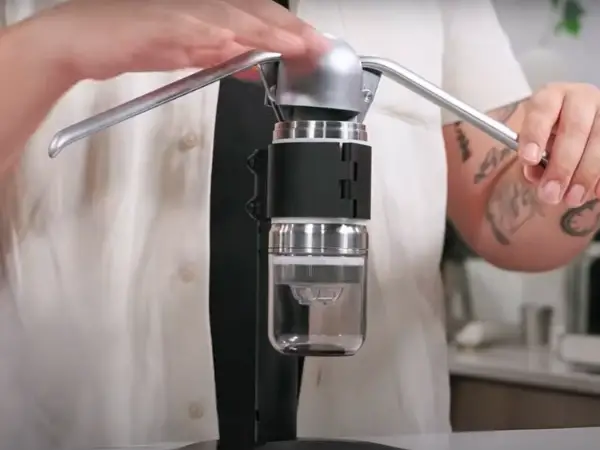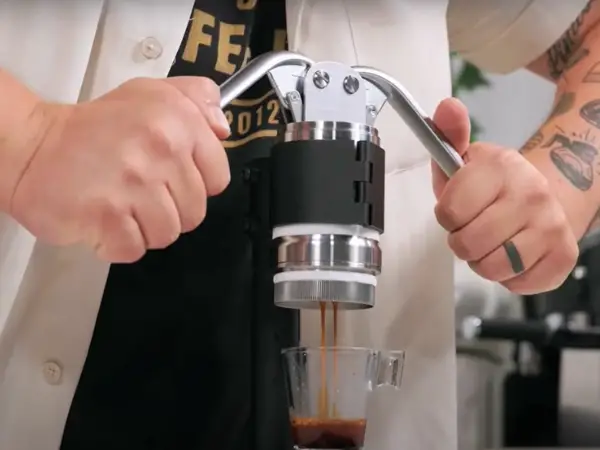Lever espresso machines are popular among coffee lovers. They give you control over the brewing process. You can adjust pressure and water flow to get the perfect shot.
Some people find them complicated. In this guide, we will explore the pros and cons of lever espresso machines. Understanding these points helps you decide if this brewing style fits your needs.
Mini Summary Of Our Favorites Lever Espresso Machines
In this section, we present a mini summary of our favorite lever espresso machines. Each machine offers a blend of style, function, and quality.
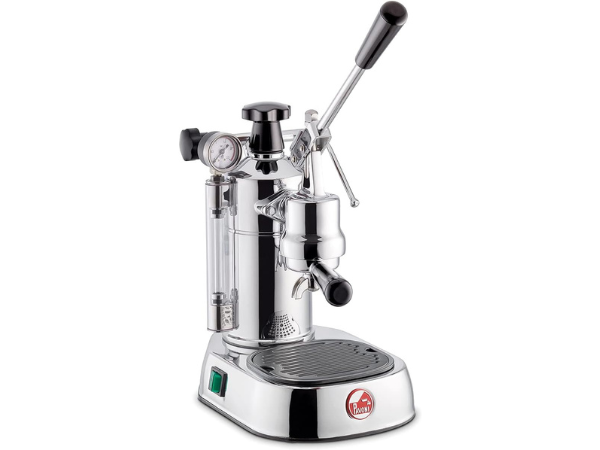
La Pavoni PC-16 Professional Espresso Machine
Capacity: 16 cups
Boiler: Solid brass 38-ounce boiler
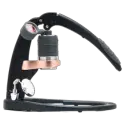
Flair Espresso Maker PRO 3
Portability: Manual, portable design
Brew Head: Stainless steel with pressure gauge
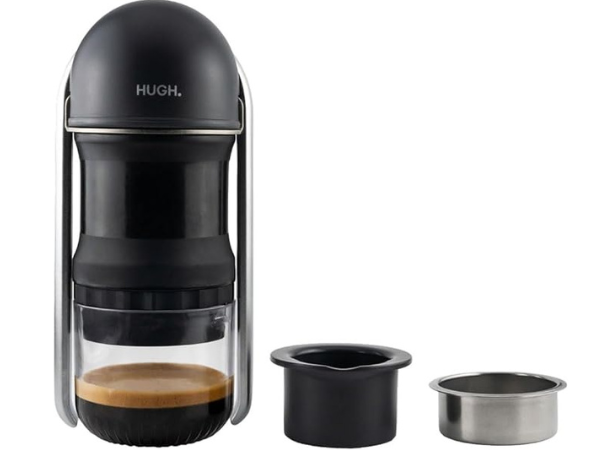
LEVERPRESSO HUGH V4
Capacity: 120ml double shot
Portability: Compact and lightweight design
Why Lever Espresso Machines Stand Out: The Unique Advantages
Lever espresso machines have become popular among coffee enthusiasts. The unique advantages make them stand out.This section explores their special benefits.
Unparalleled Control Over Extraction
One of the biggest benefits of lever espresso machines is the control they give you over extraction. This control allows for a more personalized brewing experience. You can adjust pressure and timing to create the perfect shot of espresso. Here are some key aspects:
- Pressure Control: You decide how much pressure is applied during extraction.
- Timing: You control how long the water interacts with the coffee grounds.
- Technique: You can experiment with different brewing techniques.
This level of control lets you fine-tune your espresso. You can achieve varying results based on your preferences. Here’s a quick comparison of control levels in different espresso machines:
| Type of Machine | Control Over Extraction | Ease of Use |
|---|---|---|
| Lever Espresso Machine | High | Moderate |
| Manual Espresso Machine | Medium | Moderate |
| Automatic Espresso Machine | Low | Easy |
The challenge of using a lever machine can be rewarding. It allows for creativity in espresso making. You learn what works best for your taste.
Enhanced Flavor Profiling And Customization
Lever espresso machines excel in flavor profiling. The unique brewing method enhances the taste of the coffee. This gives you a chance to customize flavors according to your preference. Here’s how this works:
- Variable Pressure: Different pressure levels can change the flavor profile.
- Brewing Time: Adjusting the brewing time allows for different flavor extractions.
- Grind Size: You can experiment with various grind sizes for unique results.
Customization leads to a richer tasting experience. Each cup can taste different based on small adjustments. Here’s a simple guide to flavor notes you can explore:
| Flavor Note | Pressure Setting | Grinding Size |
|---|---|---|
| Fruity | Low | Coarse |
| Chocolatey | Medium | Medium |
| Nuts | High | Fine |
This flexibility is not common in automatic machines. Lever machines invite you to explore and experiment. The result is a unique cup of espresso each time.
How Does A Lever Espresso Machine Work? A Technical Breakdown
Understanding the mechanics behind lever espresso machines is key to appreciating their charm. This section breaks down how a lever espresso machine works. It highlights the technical aspects that make them special.
The Role Of The Piston And Group Head
The piston and group head are vital components in lever espresso machines. The piston is the part that generates pressure. Users pull the lever, which moves the piston down. This action forces hot water through the coffee grounds. The extraction process begins here. It relies on the pressure created by the piston.
The group head connects the machine to the coffee basket. It ensures an even distribution of water. This process is essential for a balanced flavor. The combination of the piston and group head allows for precise control over extraction time.
- Piston: Generates pressure for brewing.
- Group Head: Distributes water evenly.
- Manual Control: Allows users to adjust pressure and timing.
This combination leads to a rich and flavorful espresso. Many baristas prefer this hands-on approach. The tactile experience adds to the brewing ritual.
Temperature Stability And Water Flow Dynamics
Temperature stability is crucial in espresso brewing. Consistent temperature ensures optimal extraction. Lever machines often use a boiler system. This system heats water to the right temperature before brewing.
Water flow dynamics also play a significant role. When pulling the lever, water flows into the coffee grounds. The pressure and temperature affect the flavor profile. A steady flow improves the quality of the espresso. Fluctuating temperatures can lead to sour or bitter tastes.
- Boiler System: Maintains temperature for brewing.
- Steady Water Flow: Improves extraction quality.
- Temperature Control: Essential for flavor consistency.
Some lever machines come with temperature control features. This allows users to fine-tune their brewing. A stable environment leads to better results.
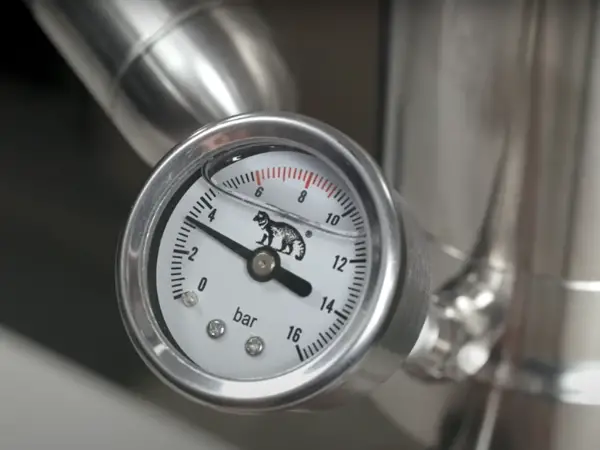
Are Lever Espresso Machines Better Or Automatic? A Comparative Analysis
Lever machines require more skill and practice. Automatic machines focus on ease and speed. This analysis will explore the differences, helping you decide which machine suits your coffee needs best.
Lever Machines Vs. Super-automatic Machines: Key Differences
Understanding the differences between lever and super-automatic machines is crucial for coffee lovers. Here are the main distinctions:
| Feature | Lever Machines | Super-Automatic Machines |
|---|---|---|
| Control | Manual control over extraction | Fully automated process |
| Skill Level | Requires practice and skill | User-friendly for beginners |
| Flavor | More control leads to unique flavors | Standardized flavor profiles |
| Price | Generally more affordable | Higher initial investment |
Lever machines allow users to control pressure and timing. This results in a more personalized espresso.
On the other hand, super-automatic machines simplify the process. They grind, tamp, and brew with a push of a button. This makes them ideal for busy lifestyles. Super-automatic machines deliver the same results every time.
Manual Control Vs. Automated Convenience
Lever machines require users to pull the lever, creating pressure. This method allows for experimentation. You can adjust the grind size, water temperature, and pressure. Many find this process rewarding.
- Advantages of Manual Control:
- Personalized flavor profiles
- Creativity in brewing
- Connection to the brewing process
- Disadvantages of Manual Control:
- Requires time and practice
- Can be frustrating for beginners
Automated convenience is appealing for many. Super-automatic machines handle everything. They save time and reduce effort. Users enjoy consistent quality without the hassle.
- Advantages of Automated Convenience:
- Quick and easy to use
- Perfect for busy schedules
- Minimal cleanup required
- Disadvantages of Automated Convenience:
- Less flavor customization
- Higher cost
Choosing between manual control and automated convenience comes down to personal preference. Some value the art of coffee-making. Others prefer quick and easy solutions.
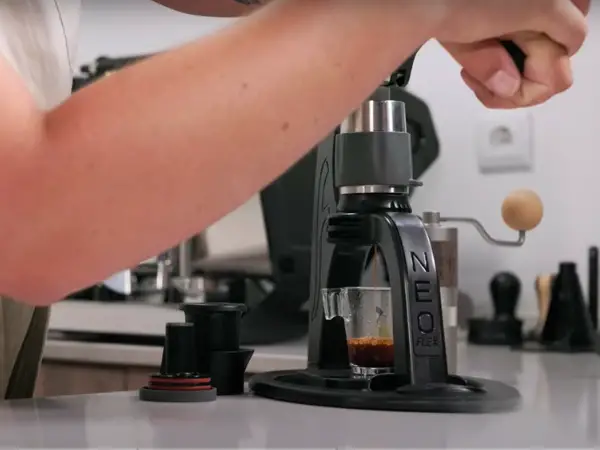
The Cons Of Lever Espresso Machines: Challenges And Considerations
Understanding the cons helps make a better choice. Here, we focus on the difficulties and considerations of using these machines.
The Steep Learning Curve And Skill Requirement
Using a lever espresso machine is not easy. It requires practice and skill. Beginners may face frustration. Here are some points to consider:
- Technique Matters: Proper technique is crucial. Pulling the lever incorrectly can ruin your shot.
- Timing: Timing affects flavor. You must learn the right time to stop the extraction.
- Pressure Control: Understanding pressure is key. Too much or too little can change the taste.
Many users find that they need time to practice. It can take weeks or months to get consistent results. A table below shows the skill levels needed:
| Skill Level | Time to Learn | Common Challenges |
|---|---|---|
| Beginner | 4-8 weeks | Inconsistent shots, improper pressure |
| Intermediate | 2-4 months | Perfecting timing, flavor adjustments |
| Advanced | 6 months+ | Creating unique flavors, mastering techniques |
Before investing, ensure you are ready to learn. This machine is not for everyone.
Physical Demands And Potential For Inconsistency
Using a lever espresso machine can be physically demanding. It requires strength and stamina. The process can cause fatigue. Here are some physical challenges:
- Manual Operation: Pulling the lever takes effort. This can be tiring over time.
- Repeated Movements: Continuous brewing means repeated actions. This can lead to strain or discomfort.
- Inconsistent Results: Without experience, results can vary. This inconsistency can be frustrating.
Many users report that their shots vary in quality. Some days, the espresso tastes great. Other days, it may not meet expectations. Factors affecting consistency include:
- Water temperature
- Grind size
- Pressure applied
Physical demands can impact the enjoyment of brewing. Consider your comfort and strength before choosing this machine.
Maintenance And Repair Complexities
Lever espresso machines need regular maintenance. They require care to function well. This can be a challenge for some users.
- Frequent Cleaning: Coffee oils can build up. Regular cleaning is essential to maintain flavor.
- Parts Replacement: Some parts wear out over time. Replacing them can be complicated.
- Expertise Needed: Repairs may require expert knowledge. Not all users can handle repairs themselves.
Here is a list of common maintenance tasks:
| Task | Frequency | Time Required |
|---|---|---|
| Descaling | Monthly | 1-2 hours |
| Cleaning Group Head | After each use | 10 minutes |
| Inspecting Seals | Every 6 months | 30 minutes |
Consider the time and effort needed for maintenance. If you prefer low-maintenance options, this may not be the best choice.
Maximizing Your Lever Espresso Experience: Tips And Best Practices
To get the best flavor, you need to follow some tips. Here are best practices to enhance your lever espresso experience.
Dialing In Grind Size And Tamp Pressure
Getting the right grind size is essential for great espresso. The grind size affects the extraction rate. A fine grind increases the surface area of coffee. This leads to stronger flavors. A coarse grind makes the coffee weak and watery.
Here are some tips for finding the right grind size:
- Start with a medium-fine grind.
- Adjust based on taste. If the coffee tastes sour, try a finer grind.
- If the coffee is bitter, switch to a coarser grind.
Tamp pressure also plays a big role. A good tamp creates even resistance for water. This helps extract flavors properly. Follow these tips for tamping:
- Tamp with about 30 pounds of pressure.
- Ensure the coffee bed is level.
- Use a consistent technique for each shot.
Experimentation is key. Keep adjusting grind size and tamp pressure until you find your perfect shot.
Preheating And Maintaining Optimal Temperature
Temperature is crucial for brewing espresso. If the machine is not hot enough, the coffee will taste sour. If it is too hot, it can taste bitter. Preheating your lever machine helps maintain the right temperature.
Here are tips for preheating:
- Run hot water through the machine before brewing.
- Let the machine warm up for at least 30 minutes.
- Check the temperature gauge regularly.
Maintaining temperature during brewing is also important. Use a thermometer to monitor the water temperature. Aim for a range of 195°F to 205°F. Keeping the water temperature stable enhances extraction.
Consider the following table for optimal brewing temperatures:
| Temperature (°F) | Flavor Profile |
|---|---|
| 195-200 | Balanced flavor, good extraction |
| 200-205 | Stronger flavor, potential bitterness |
| Below 195 | Sour, under-extracted |
By preheating and monitoring temperature, you can achieve a better espresso experience.


